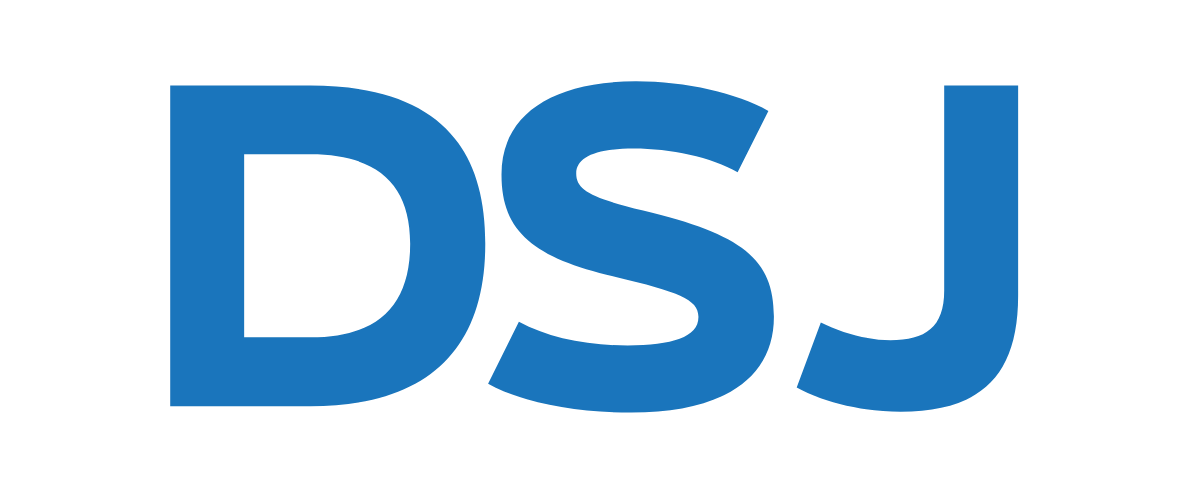If you are like many small business owners or small not-for-profit organizations with less than 50 employees, human resource (HR) compliance is not your favorite topic. It is an area that is fraught with rules, regulations, laws and requirements that has the potential to expose your business or organization to litigious minefields and audit risk.
Nevertheless, advisors at Demasco, Sena & Jahelka (DS&J) CPAs believe that these concerns can be mitigated by adopting a cost effective practical HR program that addresses three basic requirements:
- Maintenance of employee files
- Documentation of policies and procedures in an employee handbook
- Posting of required state and federal notices in the workplace
While there are other aspects of HR compliance, this short list is a good place to start. So let’s take a look at the first topic.
Employee Files
Employers should maintain three separate files as follows:
- Form I-9 Employment Eligibility Verification File
Form I-9 was created by the U.S. Department of Homeland Security to verify the identity and employment authorization of individuals hired for employment in the United States. All U.S. employers must ensure proper completion of Form I-9 for each person hired, regardless of whether they are citizens.
On the form, an employee must attest to his or her employment authorization and must provide the employer with acceptable documents evidencing identity and employment authorization. The employer must examine these documents to determine whether they reasonably appear to be genuine and to record the document information on the Form I-9. The list of acceptable documents is included on the last page of the form.
Employers must retain the completed Form I-9 until the later of either three years after the date of hire, or one year after termination of employment. The forms should be kept in one file for all employees and must be available for inspection by authorized U.S. Government officials from the Department of Homeland Security, Department of Labor, or Department of Justice.
- Personnel File
All employee information with the exception of the I-9 and medical records are to be contained in this confidential file and should include –
- Employment applications
- Resumes and offer letters
- Any employment contracts
- Payroll information
- Form W-4’s and its state equivalent
- Notice of Pay Rate (NYS employer requirement)
- Benefit program information
- Employee handbook employee acceptance acknowledgement
- Performance evaluations
- Awards, recognition or disciplinary documentation
- Termination and exit interview information
- Employee Medical File
Employee health and medical information must be maintained in a separate confidential file under lock and key. In a small business, usually the owner would be the only one with access.
Each file should include the following –
- Insurance applications
- Doctor notes that excuse the employee from work
- Medical examination information
- Disability information
Employee Handbook
An employee handbook is at the heart of an effective HR program that –
- Establishes your company’s policies and procedures
- Documents your expectations to employees
- Minimizes your company’s exposure in the event of a dispute
Although preparing a comprehensive employee handbook (or just reading about it) may make you cringe, there is third party vendor software available that provides templates to guide you through the process. It is also a good idea to have your attorney review the completed handbook. You can download an outline of the basic items to be included in your employee handbook.
Once your employee handbook is created, it is important that your employees acknowledge their acceptance of it and that such acceptance is documented in their employee file.
Posting of Required Notices
It is virtually impossible for a small business or small not-for-profit organization to keep abreast of the seemingly endless federal and state rules and regulations for posting required notices. Nevertheless, there are low cost third party vendor solutions that provide labor law posters to ensure that you are in compliance with posting regulations. In fact, some outside payroll services provide such materials as a client courtesy.
While there are other aspects of HR compliance, they are beyond the scope of this article. The foregoing, nevertheless provides a sensible approach to get the HR compliance ball rolling.
If you would like to learn more about this topic, please contact Victor C. Belgiorno at 516-861-3704 or or Bob C. Jahelka at 516-861-3707 or .
